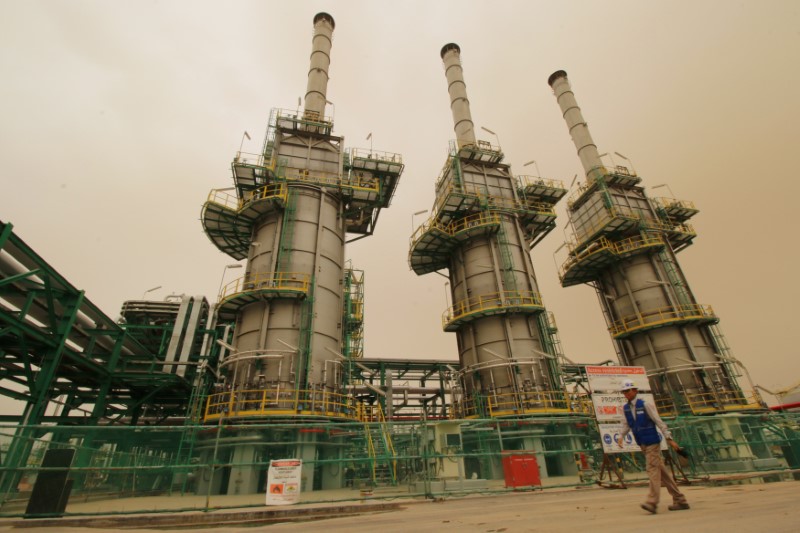
Oil traded above $ 81.00 a barrel. Tuesday, at its highest level in nearly four years, after OPEC and Russia refused to increase production before the imposition of US sanctions on Iran.
Starting on Nov. 4, the United States will impose sanctions on Iranian oil exports, leaving a gap in market supply. Brent crude jumped above $ 80 a barrel on Monday after OPEC and its allies indicated less need to raise production despite pressure from US President Donald Rumsfeld. Trump to cool prices. The recent rise in crude oil has led to differences in the prices of other commodities such as copper, which fell on concerns that global growth will erode due to a trade war showing no signs of decline.
Which OPEC and Russia seem reluctant to block. US sanctions are expected to remove at least one million barrels of crude oil from the market daily.
This action has caused a significant rise in oil prices over the past six weeks, rising from $ 70 a barrel. To its current level at 81 dollars per barrel. Unless an agreement is reached to fill this supply gap, and US President Trump calls for occupancy, prices will continue to rise with little resistance on the charts.
On the other hand, BP predicted that if oil rises to $ 100 a barrel as a result of sanctions on Iranian exports or trade tensions between China and the United States, its gains will be short-lived.
The increase in oil against the background of the decline in Iranian exports and the imposition of sanctions by the United States will not be sustainable, as the negative impact of the weak demand caused by the trade war between the two largest economies in the world so far has not been calculated, said Janet Koon, Asia’s business director. .











Leave A Comment